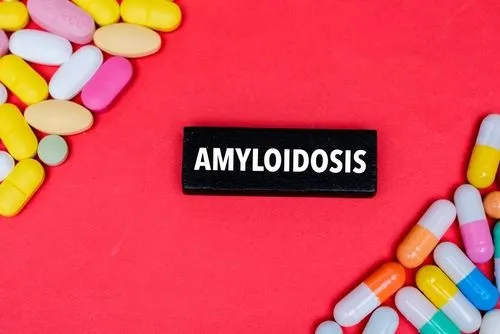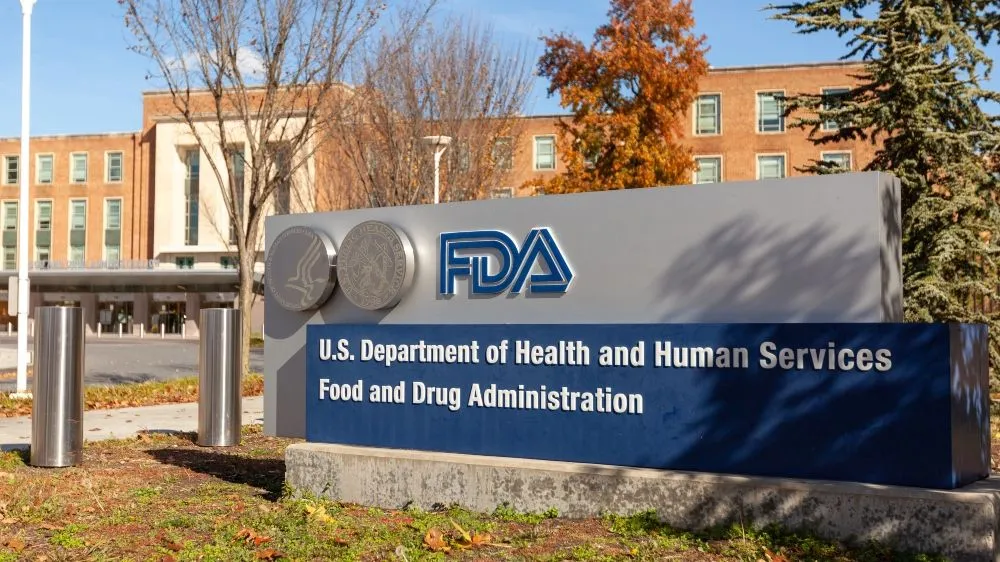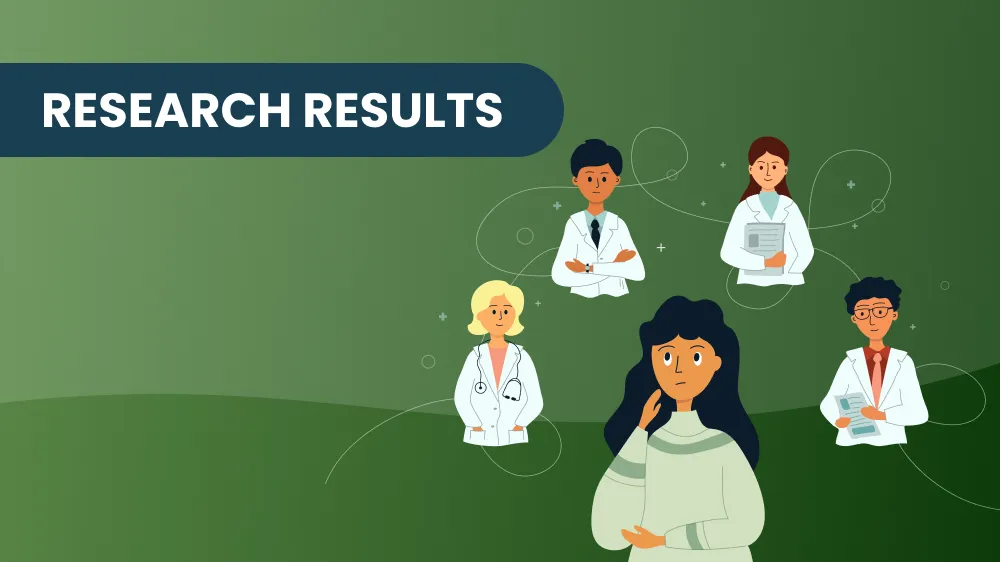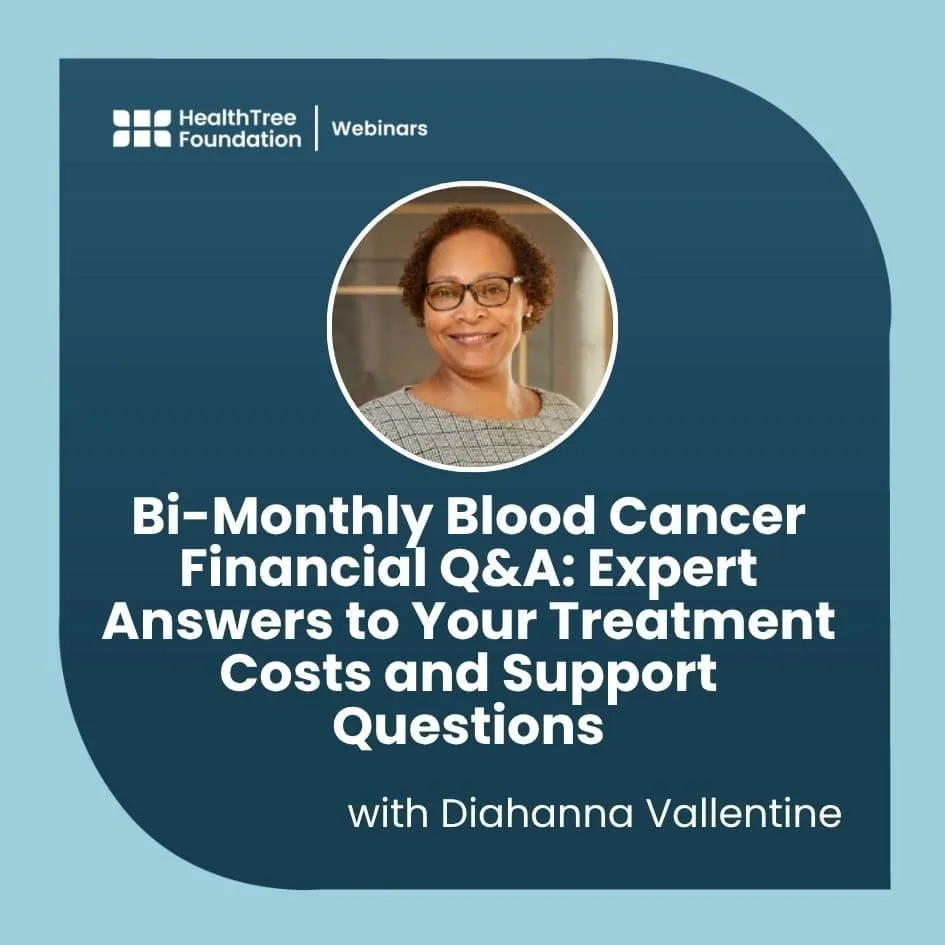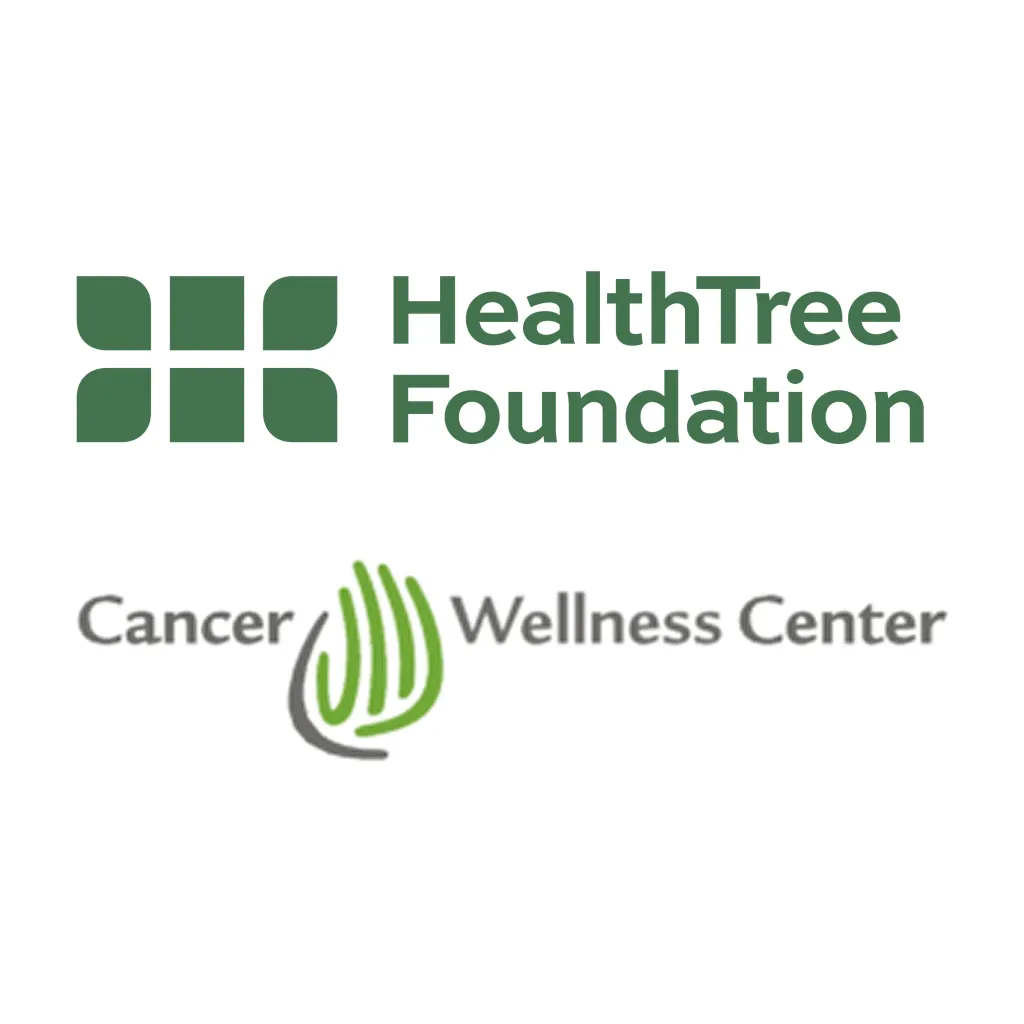The Pushback Against Soaring Cancer Drugs is Gaining Support

BY LIZZY SMITH I just finished speaking to the pharmacist at Huntsman Cancer Institute about getting a prescription refill for Revlimid. The retail cost is more than $10 thousand per month. After I've met all my max out of pocket co-pays for the year, my cost is still nearly $500 per month. And that's just for one drug! Dear heavens, I thought, how the heck do people afford this? Many cancer patients aren't even working. The reality is that many can't afford it and there are dire consequences. Some just don't take their drugs, others buy them off the Internet hoping that the meds aren't fake or expired, and many go into bankruptcy, depleting savings accounts and 401k's. I picked up the phone and called the Patient Access Network and renewed my annual request for a $10 thousand grant. It took me less than five minutes to apply and I was approved. I have more than a year to apply out-of-pocket medicine co-pays for Revlimid, maximum $10 thousand. So now, instead of paying $500 per month for my portion of my Revlimid costs, I will pay zero. And it is super easy for us patients-- the pharmacy and Patient Access Network communicate directly and they are paid without my needing to do a thing. When I pick up my drugs, I get a bill of zero dollars. No need for sending off receipts and filling out expense statements. Much better! On this site, we wrote an article about where patients can apply for financial help in covering those high cost drugs. Click here to read. Plus, they cover many myeloma-specific medicines, not just Revlimid. If you haven't applied for help, please do so! You do not need to be on the brink of financial disaster or indigent to be approved. And today, as I contemplate drugs, myeloma, insurance and finances, I read this article from the AP. Something long-term must be done.
Doctors Propose Tool to Help Gauge the Value of Cancer Drugs
The pushback against soaring cancer drug prices is gaining steam. A leading doctors group on Monday proposed a formula to help patients decide if a medicine is worth it — what it will cost them and how much good it is likely to do.
The move by the American Society of Clinical Oncology is the third recent effort to focus on value in cancer care. Two weeks ago, the European Society for Medical Oncology proposed a similar guide. Last week, Memorial Sloan Kettering Cancer Center in New York posted an online tool suggesting a drug's fair price, based on benefits and side effects.
"We have a broken system" with drug prices rising more than the degree of benefit, said Dr. Peter Bach, director of the Center for Health Policy and Outcomes at Sloan Kettering. "We hope consumers increasingly think about value."
New cancer drugs typically cost more than $10,000 a month, and patients are paying a greater share through higher copays and deductibles.
"We have extraordinarily expensive technology that we have developed but a lot of it doesn't seem to move the needle that much" in terms of survival, Michael Porter, a Harvard Business School economist, told an audience at the U.S. oncology group's annual conference last month.
Patients often are not fully aware of costs, which include not just the drug but also whether a patient needs to be hospitalized to get it, or to take other drugs to manage side effects, he said.
The formula is something doctors can work through with patients to get a bottom line on the survival benefit, side effects and costs of a new treatment or combo versus older ones.
So far, it's just a prototype for four situations — lung or prostate cancer that has spread, advanced multiple myeloma and a common type of breast cancer. The group will take comments from the public until Aug. 21 and plans similar efforts for other types of cancer.
In the formula, treatments are given scores for how much they improve survival or the time until cancer worsens. For advanced cancers, bonus points are given for drugs that greatly relieve symptoms or give patients a break from treatment. Side effects also are scored, and the points are combined to get a "net health benefit."
The bottom line will mean different things to different patients, said the head of the 24-expert panel that developed the tool, Dr. Lowell Schnipper, cancer center chief at Boston's Beth Israel Deaconess Medical Center. For example, a drug may boost survival more than another one, but cause hand numbness that would greatly bother a violinist, he said.
"There is that kind of tradeoff in much of what we offer patients," so each person needs to judge value for himself, he said.
The final step is to compare costs. The tool gives drug prices provided by insurer UnitedHealthCare as a guide, but they vary greatly among hospitals, and copays depend on each person's insurance plan.
The formula was published online Monday by the Journal of Clinical Oncology.
BY LIZZY SMITH I just finished speaking to the pharmacist at Huntsman Cancer Institute about getting a prescription refill for Revlimid. The retail cost is more than $10 thousand per month. After I've met all my max out of pocket co-pays for the year, my cost is still nearly $500 per month. And that's just for one drug! Dear heavens, I thought, how the heck do people afford this? Many cancer patients aren't even working. The reality is that many can't afford it and there are dire consequences. Some just don't take their drugs, others buy them off the Internet hoping that the meds aren't fake or expired, and many go into bankruptcy, depleting savings accounts and 401k's. I picked up the phone and called the Patient Access Network and renewed my annual request for a $10 thousand grant. It took me less than five minutes to apply and I was approved. I have more than a year to apply out-of-pocket medicine co-pays for Revlimid, maximum $10 thousand. So now, instead of paying $500 per month for my portion of my Revlimid costs, I will pay zero. And it is super easy for us patients-- the pharmacy and Patient Access Network communicate directly and they are paid without my needing to do a thing. When I pick up my drugs, I get a bill of zero dollars. No need for sending off receipts and filling out expense statements. Much better! On this site, we wrote an article about where patients can apply for financial help in covering those high cost drugs. Click here to read. Plus, they cover many myeloma-specific medicines, not just Revlimid. If you haven't applied for help, please do so! You do not need to be on the brink of financial disaster or indigent to be approved. And today, as I contemplate drugs, myeloma, insurance and finances, I read this article from the AP. Something long-term must be done.
Doctors Propose Tool to Help Gauge the Value of Cancer Drugs
The pushback against soaring cancer drug prices is gaining steam. A leading doctors group on Monday proposed a formula to help patients decide if a medicine is worth it — what it will cost them and how much good it is likely to do.
The move by the American Society of Clinical Oncology is the third recent effort to focus on value in cancer care. Two weeks ago, the European Society for Medical Oncology proposed a similar guide. Last week, Memorial Sloan Kettering Cancer Center in New York posted an online tool suggesting a drug's fair price, based on benefits and side effects.
"We have a broken system" with drug prices rising more than the degree of benefit, said Dr. Peter Bach, director of the Center for Health Policy and Outcomes at Sloan Kettering. "We hope consumers increasingly think about value."
New cancer drugs typically cost more than $10,000 a month, and patients are paying a greater share through higher copays and deductibles.
"We have extraordinarily expensive technology that we have developed but a lot of it doesn't seem to move the needle that much" in terms of survival, Michael Porter, a Harvard Business School economist, told an audience at the U.S. oncology group's annual conference last month.
Patients often are not fully aware of costs, which include not just the drug but also whether a patient needs to be hospitalized to get it, or to take other drugs to manage side effects, he said.
The formula is something doctors can work through with patients to get a bottom line on the survival benefit, side effects and costs of a new treatment or combo versus older ones.
So far, it's just a prototype for four situations — lung or prostate cancer that has spread, advanced multiple myeloma and a common type of breast cancer. The group will take comments from the public until Aug. 21 and plans similar efforts for other types of cancer.
In the formula, treatments are given scores for how much they improve survival or the time until cancer worsens. For advanced cancers, bonus points are given for drugs that greatly relieve symptoms or give patients a break from treatment. Side effects also are scored, and the points are combined to get a "net health benefit."
The bottom line will mean different things to different patients, said the head of the 24-expert panel that developed the tool, Dr. Lowell Schnipper, cancer center chief at Boston's Beth Israel Deaconess Medical Center. For example, a drug may boost survival more than another one, but cause hand numbness that would greatly bother a violinist, he said.
"There is that kind of tradeoff in much of what we offer patients," so each person needs to judge value for himself, he said.
The final step is to compare costs. The tool gives drug prices provided by insurer UnitedHealthCare as a guide, but they vary greatly among hospitals, and copays depend on each person's insurance plan.
The formula was published online Monday by the Journal of Clinical Oncology.

about the author
Lizzy Smith
Lizzy Smith was diagnosed with myeloma in 2012 at age 44. Within days, she left her job, ended her marriage, moved, and entered treatment. "To the extent I'm able, I want to prove that despite life's biggest challenges, it is possible to survive and come out stronger than ever," she says.
More on Treatment Advances
Trending Articles




Get the Latest Multiple Myeloma Updates, Delivered to You.
By subscribing to the HealthTree newsletter, you'll receive the latest research, treatment updates, and expert insights to help you navigate your health.


